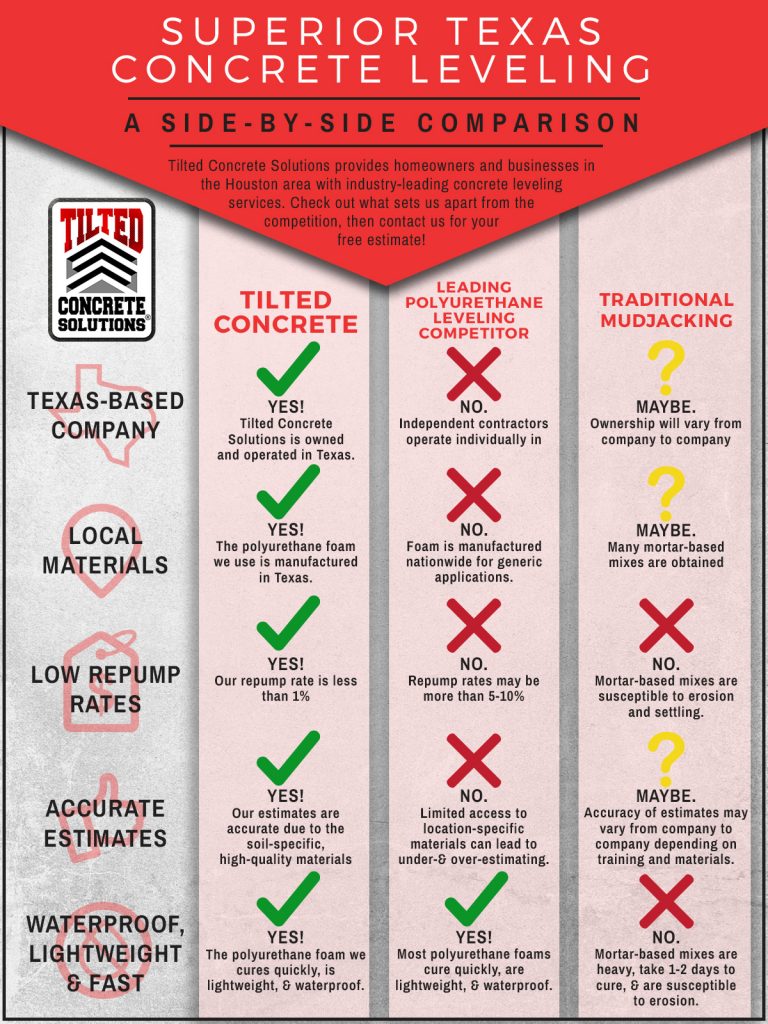The Influence Of Weather On Business Exterior Paint: Key Considerations
The Influence Of Weather On Business Exterior Paint: Key Considerations
Blog Article
Material Create By-Welsh Kidd
When you're intending an industrial outside painting job, don't underestimate the influence of weather condition on your outcomes. portland oregon painters need to consider factors like temperature level, moisture, and rainfall, as they can make or break your paint job. For example, did you know that ideal problems call for particular temperature arrays and moisture degrees? Falling short to check these aspects can cause irregular surfaces or even damage to fresh paint. Recognizing these aspects is essential to accomplishing a durable, specialist result. So, what particular climate condition should you be wary of?
Temperature level Considerations
When it concerns business external painting, temperature plays an important role in the outcome of your task. If you're painting in severe heat, the paint can dry as well quickly, bring about problems like bad attachment and irregular surfaces. You intend to go for temperature levels between 50 ° F and 85 ° F for the best outcomes. Listed below 50 ° F, paint may not heal properly, while over 85 ° F, you risk blistering and cracking.
Timing your job with the right temperatures is necessary. Begin your job early in the morning or later in the afternoon when it's cooler, especially throughout warm months.
Also, consider the surface area temperature; it can be significantly greater than the air temperature level, especially on warm days. Use a surface area thermostat to check this before you start.
If temperature levels are unforeseeable, watch on the weather prediction. Abrupt temperature decreases or warm front can hinder your strategies. You don't intend to begin painting only to have the problems change mid-project.
Moisture Degrees
Humidity levels dramatically influence the success of your business exterior painting project. When the moisture is too expensive, it can hinder paint drying and healing, causing a series of problems like poor bond and end up top quality.
If you're planning a task during damp conditions, you might find that the paint takes longer to completely dry, which can extend your project timeline and boost expenses.
On the other hand, low moisture can likewise position difficulties. Paint may dry out also quickly, stopping appropriate application and resulting in an unequal surface.
You'll want to monitor the humidity levels very closely to guarantee you're working within the excellent variety, usually in between 40% and 70%.
To obtain the most effective results, think about making use of a hygrometer to measure humidity before beginning your job.
If you find the levels are outside the optimum variety, you may need to change your timetable or select paints designed for variable conditions.
Constantly consult the producer's guidelines for particular suggestions on humidity resistance.
Precipitation Influence
Rainfall or snow can substantially interrupt your industrial exterior painting plans. When precipitation happens, it can get rid of freshly used paint or create an unequal finish. Preferably, https://www.homesandgardens.com/interior-design/paint/a-guide-to-matte-paint intend to choose days with completely dry weather to make sure the paint adheres correctly and cures successfully. If you're captured in a shower, it's finest to halt the task and await problems to improve.
Furthermore, snow can be even more destructive. Not just does it produce a wet surface area, yet it can also decrease temperatures, making it tough for paint to dry. This can cause issues like peeling off or blistering down the line.
It's vital to check the weather forecast before beginning your project. If rain or snow is predicted, take into consideration rescheduling.
Always bear in mind to allow appropriate drying time in between coats, especially if the weather condition remains uncertain.
Conclusion
To conclude, keeping an eye on the climate is necessary for a successful industrial external painting project. By monitoring temperature, humidity, and rainfall, you can ensure the very best conditions for application and healing. Remember to plan your work around favorable weather and constantly adhere to producer guidelines. With the ideal strategy, you'll attain a resilient, attractive coating that can endure the aspects. Do not let the weather catch you off guard-- stay informed and repaint wise!
